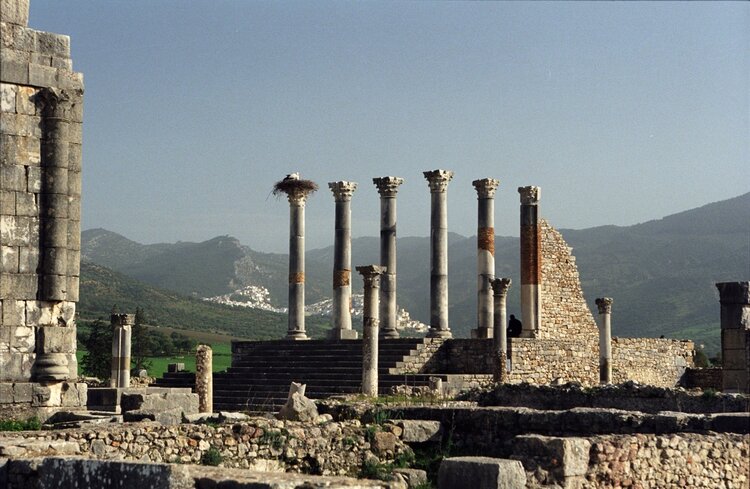Abstract
Windswept in the middle of a forgotten valley in North Africa, an ancient city bears the curious name of Volubilis. Volubilis exists thanks to a love story that almost everyone has heard of, that of Antony and Cleopatra. And its ruins are home to something that should not be there: a snail that seems to be made of marble.
1.jpg)
References
¹ Roller, D. W. (2003). The World of Juba II and Kleopatra Selene. Reino Unido: Routledge.
² Hogan, C. M. (2007). Volubilis, The Megalithic Portal. Retrieved from https://www.megalithic.co.uk/article.php?sid=14906
³ Rogerson, B. (2010). Marrakesh, Fez and Rabat. Londres, Inglaterra: Cadogan Guides
⁴ Baker, G. H. (2008). The population dynamics of the mediterranean snails Cernuella virgata, Cochlicella acuta (Hygromiidae) and Theba pisana (Helicidae) in pasture–cereal rotations in South Australia: a 20-year study. Australian Journal of Experimental Agriculture, 48(12), 1514-1522.
##plugins.facebook.comentarios##

This work is licensed under a Creative Commons Attribution 4.0 International License.


